Bhubaneswar,swa news : On World Tribal Day, Vedanta Aluminium, India’s largest producer of aluminium, celebrates the inspiring transformation of Kalahandi, a district once synonymous with poverty and deprivation, now emerging as a national model for tribal-led development and grassroots empowerment.
In 2001, Kalahandi’s contribution to Odisha’s Gross District Domestic Product (GDDP) was less than 1%, and the average per capita income barely touched ₹19,000. Driven by Vedanta Aluminium’s community-first approach through its alumina refinery at Lanjigarh, Kalahandi has evolved into an Aspirational District, ranking #1 in Odisha for Health & Nutrition and #2 in Education under NITI Aayog’s programme. Between 2003 and 2015, the district’s Gross District Domestic Product (GDDP) grew by over 16%, more than double the state average.
During a recent review meeting chaired by NITI Aayog in Odisha, Kalahandi was commended for achieving 100% success in five out of six key developmental indicators, including women and child health, nutrition, education, and agriculture.
Rajiv Kumar, CEO of Vedanta Aluminium, said, “On World Tribal Day, we take immense pride in the transformation story of Kalahandi, a region once known for its abject poverty, which is now rising through the resilience of its tribal communities. At Vedanta Aluminium, our mission goes beyond business; it’s about building futures, especially in the rural regions we operate in. Our social impact efforts are rooted in respect for tribal identity and a belief in inclusive, sustainable development.”
Vedanta Aluminium has been empowering the people of Kalahandi through a series of initiatives in various fields including:
- Education: The DAV Vedanta International School, Kalahandi’s first English-medium institution, now educates over 1,300 students, with 83% from the students from tribal communities. With smart classrooms, academic mentoring, and initiatives like Mini Science Centres and Gyanshree Scholarships, tribal students are excelling in their studies. Coaching for NEET and JEE is helping them pursue careers in engineering, medicine, and research.
- Healthcare: Vedanta’s Hospital at Lanjigarh serves over 60,000 people annually, with mobile health units reaching an additional 20,000 in remote tribal villages. Health awareness campaigns are fostering trust in modern medicine and improving hygiene, nutrition, and maternal care. In 2024, more than 1 lakh individuals benefited from Vedanta’s healthcare initiatives across 120 villages.
- Sports: Vedanta Aluminium’s grassroots archery training program has trained more than 300 tribal children, along with access to national coaches, modern equipment, and nutritional support. In 2024, these young athletes secured 40 medals. Olympian Rahul Banerjee now mentors the initiative.
- Art and Culture:Through Project Adikala, Vedanta has revitalised Saura and Dhokra art forms in villages like Bandhapari and Kankeri, enabling artisans to rediscover pride and profitability. The artisan base has grown to 120. Participation in exhibitions and linkages with ORMAS and TRIFED have helped tribal art gain national and international visibility.
- Women Empowerment:Through Project Sakhi, around 4,900 women have been empowered and rural women across 471 self-help groups, enabling them to become entrepreneurs, farmers, and community leaders. These women are engaged in over 1,500 income-generating activities. Capacity-building sessions have trained more than 600 women in financial literacy and enterprise development.
- Skilling and Livelihoods: Vedanta’s Skill Development Programme, in collaboration with NABARD, has trained tribal youth in vocations such as welding, tailoring, hospitality, and digital services, helping them secure local employment and reduce migration. Agriculture has also evolved, with farmers shifting from subsistence to high-value crops like bananas and strawberries, supported by solar irrigation and drip systems. This integrated approach is enhancing income security and food resilience across tribal communities.
Kalahandi’s transformation is not an isolated success but a systems-level shift. Development here has been symbiotic, with industry coexisting with tribal identity. As we celebrate World Tribal Day, Kalahandi standsas a beacon for every tribal district seeking a roadmap to inclusive growth.





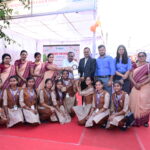


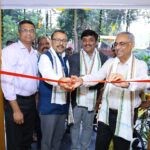


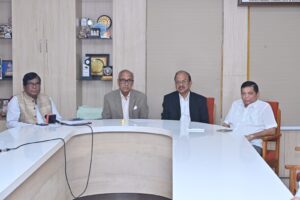

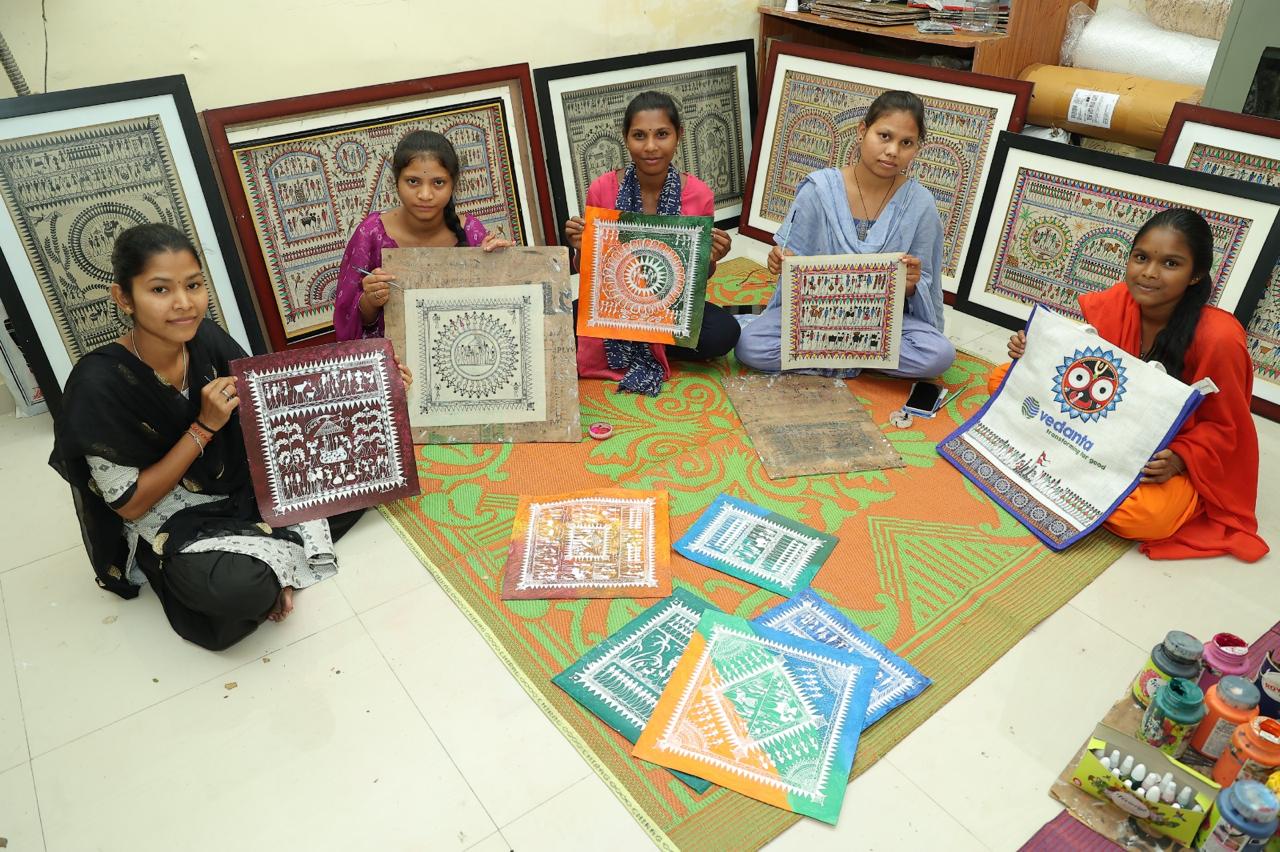


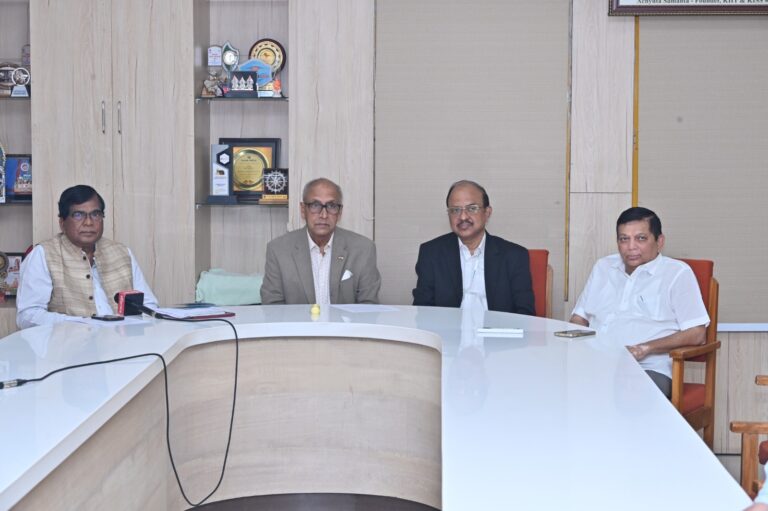
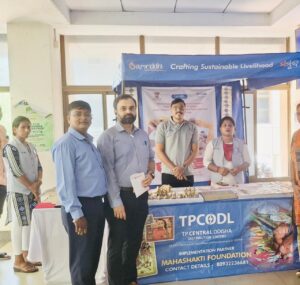


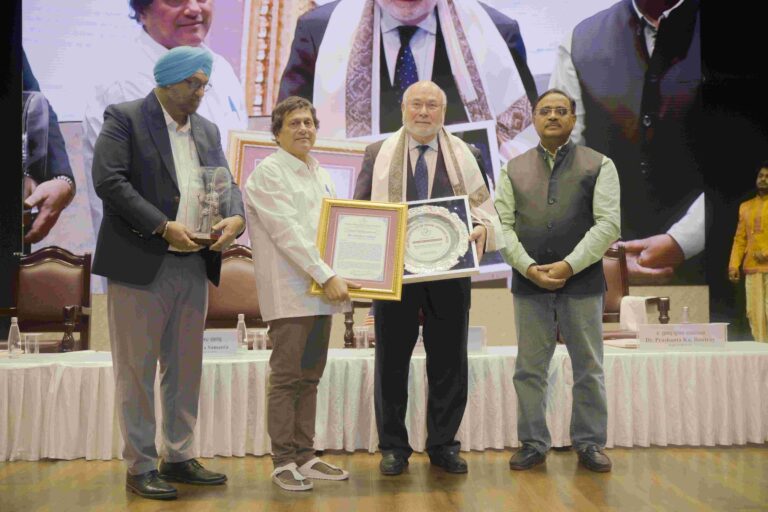
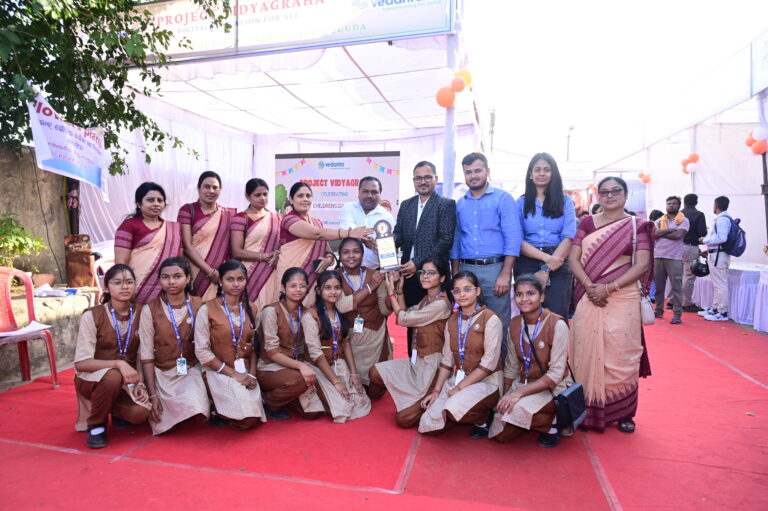

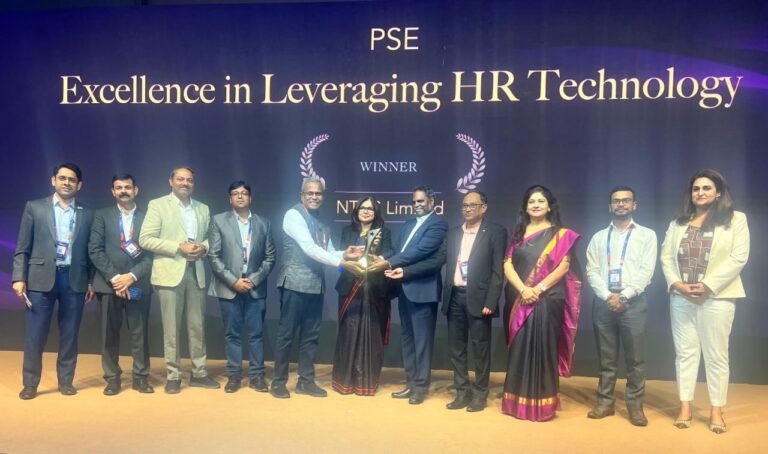
+ There are no comments
Add yours